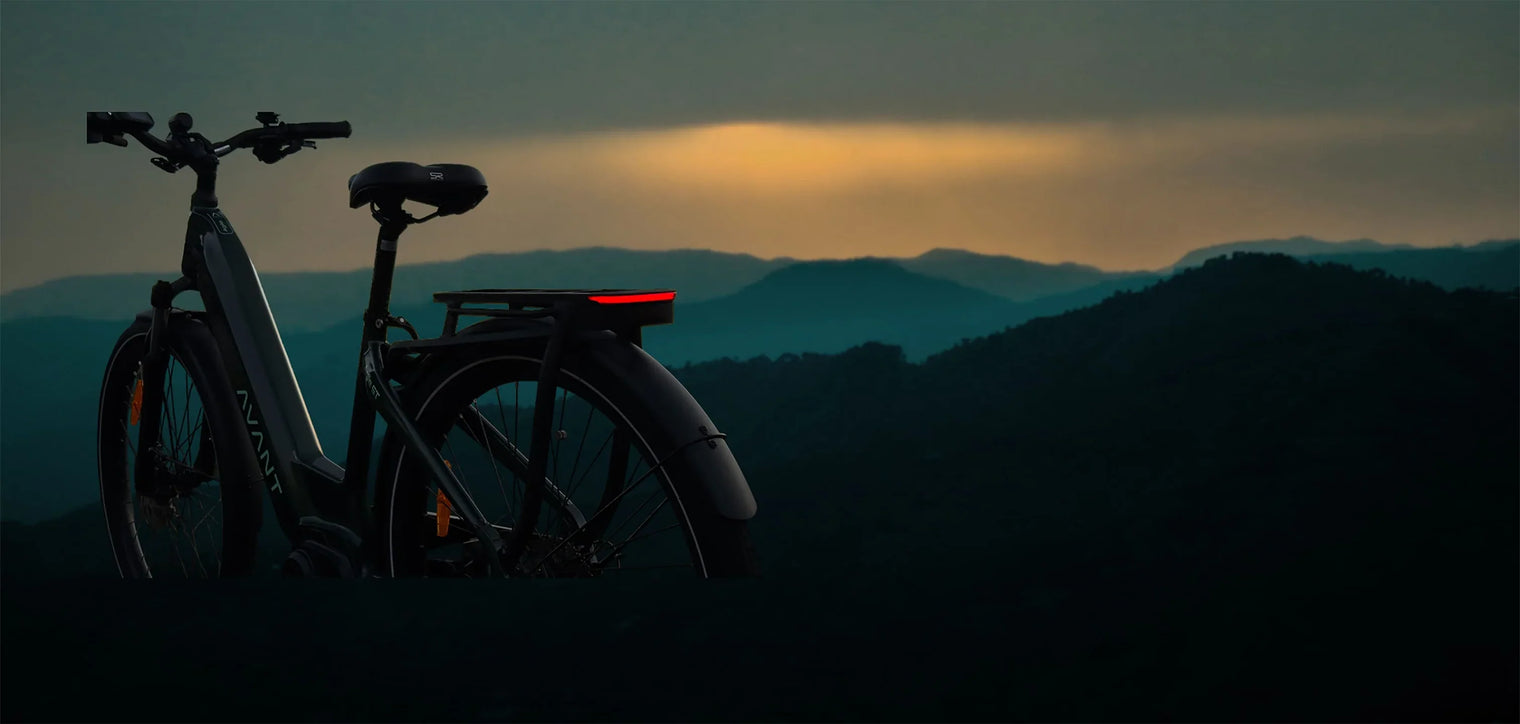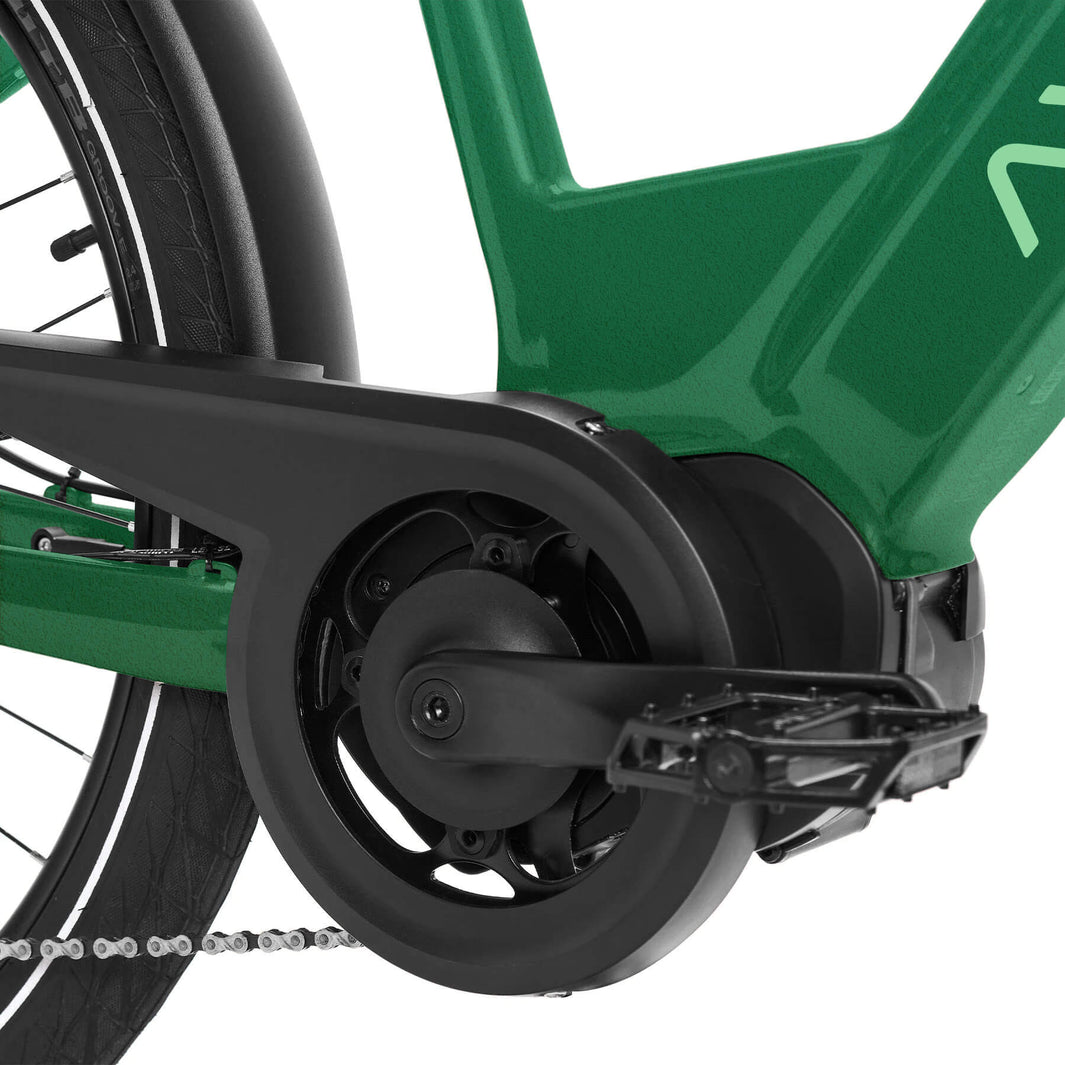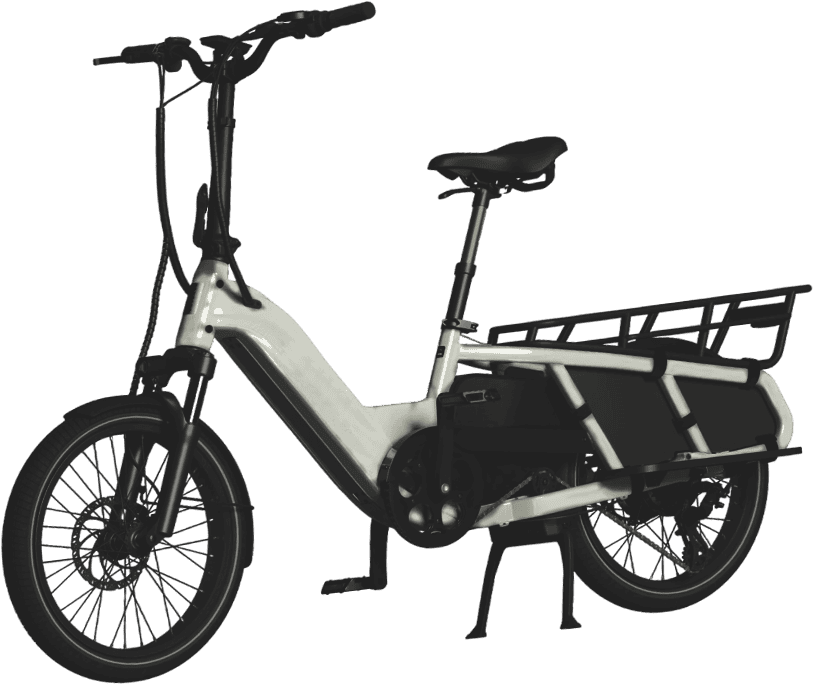Rain is not an obstacle for avid cycling enthusiasts. But what about their electric two-wheelers? Can they withstand exposure to moisture, or perhaps even a few drops of rain can harm their components? The question is shrouded by doubt and misconceptions. So, let’s reveal the truth about riding e-bikes in the rain so that you know if it’s safe.
Are Electric Bikes Waterproof?
"Can I ride my electric bike in the rain?" It’s a common question bothering many e-bicycle owners, especially those commuting in cold and misty seasons. The short answer is yes! E-bikes can get wet.
These two-wheelers are not waterproof, so fully submerging them in water is not the best idea. However, reliable electric bikes still have a good water resistance level, meaning they can withstand moderate rain and splashes from puddles without risks to the components. You can check your bicycle’s IP (Ingress Protection) rating to find out its level of protection against water and dust. The higher the rating is, the better water resistance your bike has.
Can I Leave My E-Bike in the Rain?
The mere fact that it’s possible to ride an ebike in the rain does not mean you should leave it wet for a long time. The same goes for riding through deep puddles or submerging the bike in water. Even if your cycle has good water resistance, prolonged exposure to moisture may still lead to different kinds of damage, including:
-
Corrosion
-
Short circuits
-
Rust
-
Malfunctioning sensor
-
Faster wear of moving components
Protecting Your E-Bike from Rain
Even the best rain proofing ebike should be protected from prolonged exposure to moisture so that it can serve you well for years. We have prepared some simple recommendations for keeping your electric cycle in good condition when the weather gets wet:
-
Invest in a waterproof cover: cover your bike completely if you leave it under rain for a prolonged time. This will prevent moisture from getting into the sealed areas, such as the battery compartment and motor housing. You can also purchase specialized display and battery covers to protect your e-bicycle from rain when riding.
-
Install fenders: these simple accessories protect bike components from mud and puddle splashes, as well as serve well to keep yourself clean while riding e-bike in rain. Make sure the fenders are long enough to provide an adequate protection level.
-
Dry and clean your bike after rain: dry your bicycle immediately after a wet ride. Wipe away residual water using a clean, soft cloth or microfiber towel, paying special attention to the most vulnerable components (motor, display, battery, and gears). In addition, avoid pressure washing so as not to damage the electrical components.
-
Store your bicycle indoors: if possible, leave your bicycle indoors after a rainy ride. Hence, the moisture will evaporate faster, eliminating the risk of further damage. If the battery is detachable, store it in a cool, dry place and remove it when you park in the rain.
Also read: How Much to Insure an Electric Bike?
Is It Safe to Ride an Electric Bike in the Rain? Tips to Protect Yourself
Yes, you can use an e-bike safely in the rain as soon as you know how to handle certain challenges that may arise along the way. Indeed, riding in rainy conditions is not only about protecting your electric bicycle – it involves keeping yourself safe too, as the roads get slippery and visibility deteriorates. Keep in mind the following tips to ride in the rain safely:
-
Install bright lights on your bike: it’s better to equip your cycle with both rear and front lights and turn them on even during the day. Hence, you will make yourself visible to other road users.
-
Wear reflective gear: dark clothing is always harder to see, not to mention rainy conditions when the visibility drops sharply. Reflective vests and regular fluorescent strips will make you noticeable on the road.
-
Do not forget the helmet: besides protecting your head from a range of traumatic events, a helmet can also keep the raindrops out of your eyes if it comes with a visor.
-
Switch to wider tires: if possible, change your tires to wider ones for better grip on slippery surfaces.
-
Ride at lower speeds: riding an ebike in the rain at high speed increases the chances of mud and splashes from puddles getting on the bicycle components and may also lead to skidding on the wet road.
-
Reduce tire pressure: the idea is simple, as the lowered tire pressure increases the area of the tire that comes into direct contact with the road surface, thereby giving your cycle a better grip.
-
Avoid sharp movements: sudden, sharp movements may cause your wheels to lose traction even on flat surfaces. So, turn the handlebars smoothly to avoid falling.
-
Wear waterproof clothes: put on a waterproof jacket, trousers/shorts, overshoes, and gloves to stay comfortable and dry when riding an electric bike in the rain. At the same time, choose breathable clothes that fit you well.
-
Break early: most electric 2 wheeled bikes are equipped with disk brakes, which perform better in wet conditions. However, the braking distance still increases in the rain, so you should give your bicycle extra time to stop completely.
What Makes the Best Electric Bike for Rain?
If you often cycle in wet conditions or live in a rainy area, not all electric bikes may suit you well. Some models provide better protection against moisture, and here’s what makes them stand out:
-
High IP rating: reliable battery, display, and electric engine for bicycle usable in rain have a rating of IP65 and higher.
-
Hub motor: an internal hub motor is more sealed than its mid-drive counterpart, which makes it especially useful for riding in rain.
-
Removable battery: such a battery can be easily detached for safe storage in a dry environment.
-
Hydraulic disc brakes: installed on both the front and rear wheels, hydraulic brakes offer better stopping power in bad weather.
Read also: How to Charge an Electric Bike?
Conclusion
Riding bikes in the rain remains a popular commuting option during the colder months, and the great news is that it’s generally safe. Follow the tips provided in this guide to enjoy cycling despite all the challenges Mother Nature throws your way.
If you are looking for a reliable electric cycle that can withstand rain, Avant models may be your best choice. Consider our Agile commuter bike for pleasurable city rides or opt for long-tail Lagom with enhanced cargo space for carrying loads of up to 450 lbs. Seek adventures? FX-Series 750 is your go-to choice! It is fine to use in the rain, even on challenging roads.



